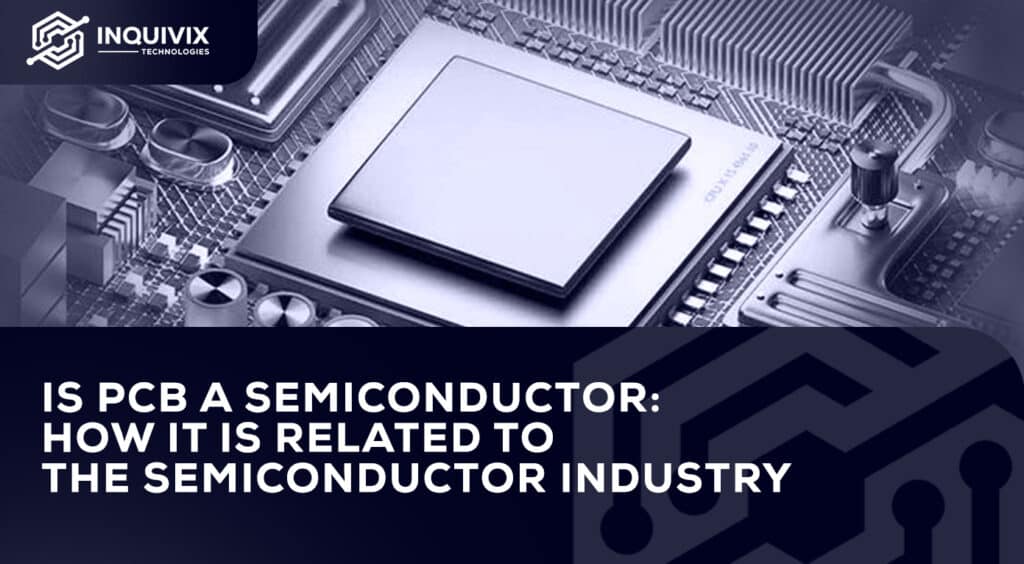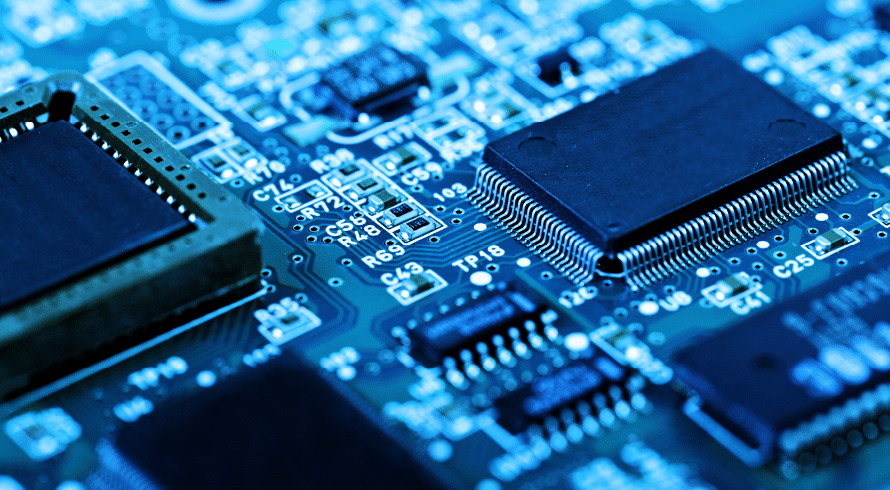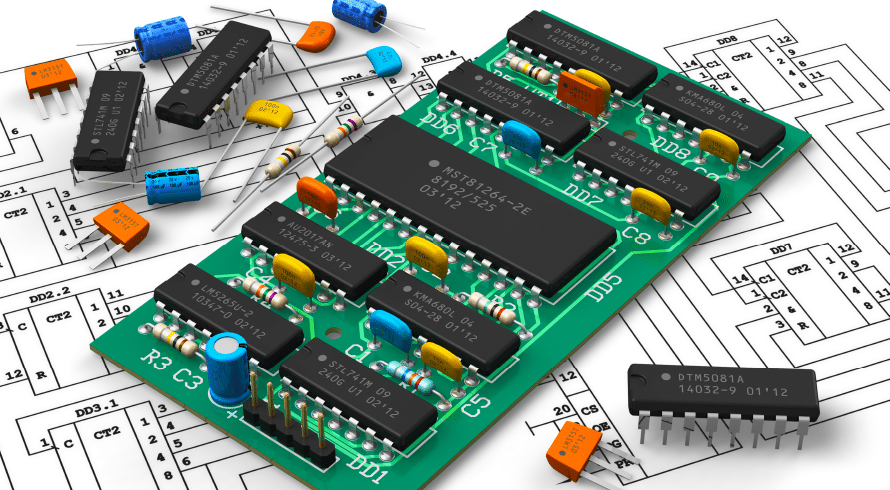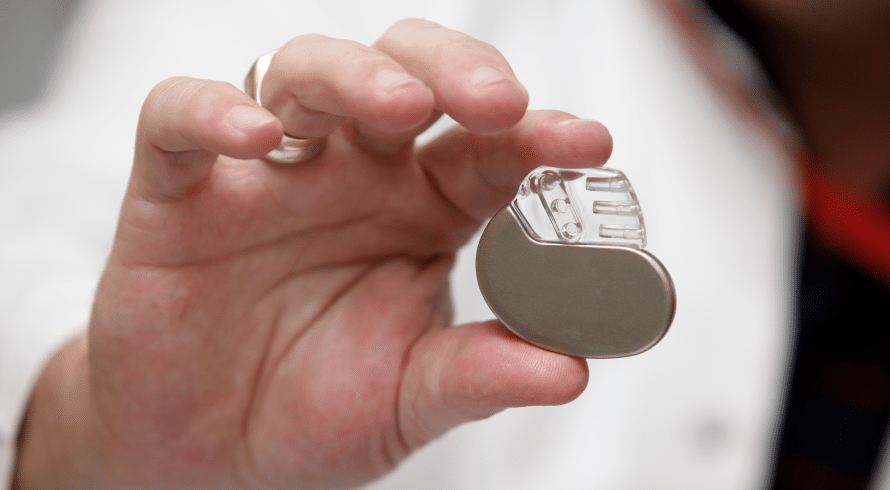
There’s a lot of confusion about what a PCB actually is, and whether it’s even considered a semiconductor. In this article, we’ll clear up any misconceptions and give you an in-depth look at the technology behind PCBs. We’ll also explore the various applications that PCBs are used for, and show you why they’re such an important part of the semiconductor industry. So, if you’re curious to learn more about PCBs, read on!
What Is a PCB?

A printed circuit board (PCB) is a board that holds the electronic components that support the functionality of integrated circuits and semiconductors. Printed circuit boards are used to hold and wire surface mount components in electronic circuits. On top of the PCB surface, the semiconductor materials and transistors of the integrated circuit will be supported and wired instead of vacuum tubes which can be much larger and more expensive.
A PCB has a huge role to play in semiconductor manufacturing. Although the silicon wafer and chip are extremely important, so is the PCB assembly and design for the effectiveness of the final electronic device produced through the combined workforce of all these materials and devices.
There are many applications for PCBs with low-power applications managing single-layer printed circuit boards and high-power devices like motherboards taking up to twelve layers. We will dive more into PCB applications below. However, the more important question still lingers, is the PCB itself a semiconductor? Keep reading to find out.
Is PCB a Semiconductor?
How you word things plays an important role in their meaning. A printed circuit board is not a semiconductor but rather an item that is used in mounting semiconductor components. The electrical components are secured on it. However, it is made of non-conductive material ensuring no trace of conduction.

On the other hand, semiconductor-printed circuit boards are PCBs used in semiconductor fabrication. It is not a semiconductor but as explained above, it is a circuit board that keeps semiconductor components mounted with secure wiring. It ensures that it prevents faulty behavior once the final semiconductor device is fabricated. It is used in almost every electronic device.
A semiconductor PCB is used to connect electronic components to create an integrated block of integrated circuits or discrete semiconductors along with passive components like transistors, resistors, etc through copper circuits. A semiconductor PCB is made of many parts which we have explained below. These ensure that all the components of electronic systems can function together without short circuits and other failures.
The Components of a PCB
The most common element used to make semiconductor PCBs is Silicon, followed by Germanium with a lot of copper circuitry involved. However, printed circuit boards are more intricate and have a huge range of components that aid them in their functions.
A semiconductor PCB is made up of wiring, patterned layers to hold components which is most often a large copper surface, a dielectric substrate material made of insulating material, a solder mask, a silk screen, through-hole components, and surface protection. The various components together can form single-layered PCBs, double-layered PCBs, multi-layered PCBs, flexible circuit semiconductor PCBs, rigid-flex, or rigid PCBs, ensuring that the semiconductor material formed is a functional part of the electronic circuit.
Not all copper surfaces are sealed using tin although it is important to avoid circuit failures. To avoid this consequence, solder components in the form of epoxy oils are used to prevent a short circuit. The various components used in a semiconductor all end up having the same function, which is to ensure that every part of the printed circuit board holds the other components in place to make use of their electrical properties, whether it is insulating, conductive, non-conductive, or semiconductive.
The purpose of a printed circuit board there is to mount components in a structurally integrated manner, ensuring they support the electrical conductivity of the devices they intend to power. Since a printed circuit board is essentially mounting semiconductor components, it is often confused to be a semiconductor but it is more of a connective circuit that is attached to integrated circuits, and other electronic components used in the semiconductor fabrication process.
Benefits of Using a Semiconductor PCB

Semiconductor PCBs regulate the circulation of electric signals, ensuring that electrical devices function properly. Semiconductor PCBs are small in size and much quieter than vacuum tubes. This has allowed for the production of compact, more efficient semiconductors.
Their small size allows them to be used in electrical devices with little trouble, which is crucial for their efficiency. Semiconductor PCBs are also almost inexpensive compared to vacuum tubes. Their compact size, low cost, high shock resistance, and durability make them popular. The extent of its usefulness is demonstrated in its application, where a rigid-flex PCB is used in pacemakers, which can be lethal if it does not function effectively.
The talk that silicon wafers may replace the printed circuit board due to their capability of producing high electrical power is making its rounds. Although the semiconductor industry is slowly shifting towards this, the benefits of printed circuit boards still stand high and arguably replaceable so the PCBs won’t be replaced for a good while too!
Semiconductor PCB Applications

Semiconductor printed circuit boards are used in diverse applications, and these are just of them. They are used in the mass production of semiconductor devices that power various other electronic components that make the equipment mentioned below.
Here are some examples of semiconductor PCB applications:
- Audio and Video Gadgets
- Medical Equipment – Pacemakers, etc
- Communication Devices
- Digital Displays
- Global Positioning Systems (GPS)
- Computers – Monitors, CPUs, Laptops, etc
- Navigation Equipment
- Radar & Radio Systems
- Smart Equipment – Smart Speakers, Smartwatches, etc
Find Your Trusted Semiconductor Component Supplier in South Korea
In conclusion, while PCBs are not semiconductors themselves, they play an integral role in the semiconductor industry. Their smaller size, low cost, and higher efficiency in comparison to alternatives make them valuable components for many different devices. They ensure that devices function without short circuits and other circuit failures, making them essential for electronics manufacturing.
Inquivix Technologies is a leading South Korean supplier of semiconductor components, aluminum alloys, and secondary battery components to manufacturers worldwide. Contact us today to learn more about our products and order high-quality materials.
FAQs
PCBs are the foundation of the electronics industry, utilized in myriad products ranging from consumer gadgets to high-tech industrial applications. Therefore, PCBs come under the Electronics Industry. This industry comprises companies that design and manufacture electronic components, devices, equipment, and systems used in a wide range of applications that include communication, defense, industrial automation, and consumer electronics.
Printed Circuit Boards are the cornerstone of any electronic device, as they provide essential pathways for communication between components. Not to mention, PCBs guard these parts against potential harm and interference, ensuring optimal performance at all times.
